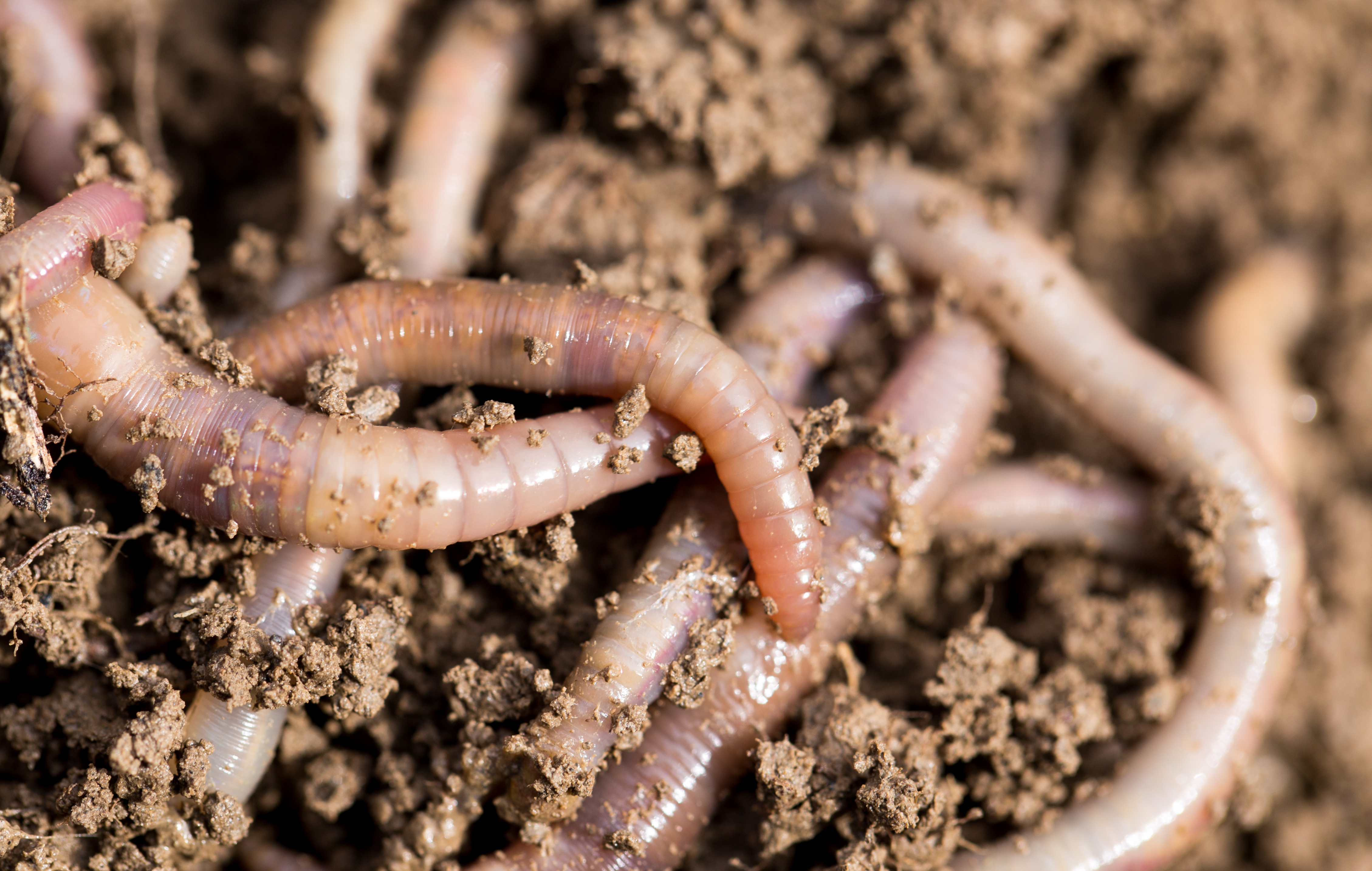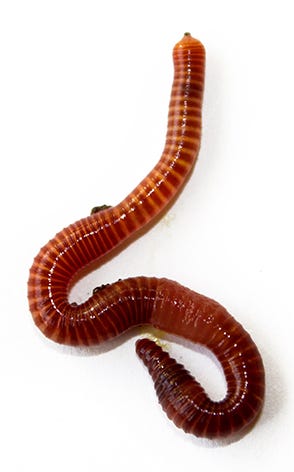Making The Most Of the Advantages of Red Wiggler Worms: A Comprehensive Handbook for Home Gardeners and Urban Farmers
In the realm of sustainable gardening methods, red wiggler worms stand as unrecognized heroes, silently transforming natural waste into nutrient-rich spreadings that can function wonders for dirt health and wellness. By exploring the details of how to successfully care for and maximize the benefits of red wiggler worms, people can open a riches of possibilities for improving the sustainability and efficiency of their horticulture ventures.
Comprehending Red Wiggler Worms
Red Wiggler worms, renowned for their effective composting capacities, are a types of earthworms extensively used in vermiculture methods. These worms, scientifically understood as Eisenia fetida, thrive in decaying natural material, making them suitable prospects for composting (Red Wiggler Worms). Red Wigglers are voracious eaters, capable of eating their own weight in natural waste daily. Their digestion process breaks down raw material into nutrient-rich castings, which are a useful resource for enriching soil and advertising plant growth.
One trick feature of Red Wiggler worms is their reproductive rate. These hermaphroditic animals possess both male and women reproductive organs, permitting them to replicate quickly under beneficial conditions. A fully grown Red Wiggler can create several children in a brief period, making certain a consistent population within a composting system.

Establishing a Worm Container
When establishing a worm container for vermiculture purposes, correct preparation and focus to information are essential for developing a favorable environment for Red Wiggler worms,. Begin by choosing an ideal container for your worm container. This can be a plastic or wood container with a cover to keep moisture degrees and secure the worms from light. Make certain that the bin has drainage openings near the bottom to prevent waterlogging.

Place the worm bin in an amazing, dark place away from direct sunshine and extreme temperature levels. Consistently keep an eye on the dampness levels, including water if the bed linen feels flaky or completely dry. Feed the worms a well balanced diet of fruit and vegetable scraps, avoiding citrus fruits, onions, and spicy foods. By complying with these steps, you can set up a thriving worm bin that will efficiently refine natural waste into nutrient-rich vermicompost for your garden.
Feeding and Keeping Worms
Making sure a balanced and nutritious diet plan is important for the health and wellness and efficiency of Red Wiggler worms in a vermiculture system. Red Wigglers are voracious eaters, qualified of consuming their own body weight in organic issue daily. To maintain a flourishing worm populace, it is necessary to offer them with a selection of food scraps such as vegetables and fruit peels, coffee grounds, tea bags, and smashed eggshells. It is essential to prevent feeding them citrus fruits, onions, garlic, milk products, meat, and oily foods as these can be harmful to the worms or create undesirable smells look at this now in the container.
Appropriate wetness degrees are also essential for the wellness of Red Wiggler worms. The bedding ought to really feel like a damp sponge, offering adequate moisture for the worms to breathe through their skin. Regularly check the wetness levels and change by adding water or completely dry bedding material as required. Furthermore, maintaining appropriate temperature problems in between 55-77 ° F(13-25 ° C )will certainly make certain ideal worm activity and reproduction. By carefully checking their diet regimen, wetness, and environmental conditions, home gardeners and metropolitan farmers can maintain a healthy and balanced and efficient Red Wiggler worm populace for composting functions.
Collecting Worm Spreadings
To successfully draw out nutrient-rich worm castings from the vermicompost, a systematic harvesting process is vital for optimizing the composting advantages. The first action in collecting worm spreadings is to encourage the worms to move to one side of the bin.
After the spreadings have been gathered, it is essential to separate any remaining worms from the castings to avoid harming them during storage or application. One efficient method is to develop cone-shaped piles of spreadings under brilliant light. Worms will naturally relocate away from the light, allowing for easy splitting up and elimination.
Finally, the collected worm castings ought to be saved in an amazing, dark, and dry place to keep their top quality and efficiency as a nutrient-rich dirt modification. By adhering to these steps, home gardeners and metropolitan farmers can optimize the benefits of red wiggler worms in their vermicomposting systems.
Using Worm Castings in Gardening
The consolidation of nutrient-rich worm castings into garden soil can significantly enhance plant growth and general soil wellness. Worm spreadings, also known as vermicast, are an all-natural plant food produced by red wiggler worms as they break down organic issue. These castings are rich in essential nutrients like nitrogen, phosphorus, Click Here potassium, and valuable microorganisms that advertise plant development and boost dirt framework.
When using worm castings in gardening, it is crucial to blend them thoroughly right into the dirt or utilize them as a leading clothing around plants. The slow-release nature of worm spreadings makes certain a consistent supply of nutrients to plants in time, minimizing the risk of nutrient leaching and promoting long-term dirt fertility. Furthermore, worm spreadings aid boost soil oygenation, water retention, and microbial activity, creating a healthy and balanced environment for plant roots to thrive.

Conclusion
In conclusion, the utilization of red wiggler worms in home gardening and metropolitan farming can considerably profit dirt health and plant growth. By recognizing exactly how to set up and preserve a worm bin, feed the worms correctly, and collect their nutrient-rich castings, garden enthusiasts can make best use of the advantages of these earthworms.
In the realm of sustainable gardening practices, red wiggler worms stand as unrecognized heroes, silently changing natural waste right into nutrient-rich spreadings that can work marvels for soil health.When establishing a worm container for vermiculture objectives, appropriate prep work and interest to detail are important for producing a conducive environment for internet Red Wiggler worms. The initial action in collecting worm spreadings is to encourage the worms to migrate to one side of the container. Worm castings, additionally recognized as vermicast, are a natural plant food produced by red wiggler worms as they break down organic issue. By understanding just how to set up and preserve a worm container, feed the worms appropriately, and collect their nutrient-rich castings, gardeners can take full advantage of the advantages of these earthworms.